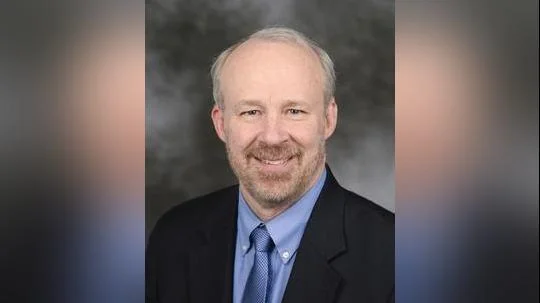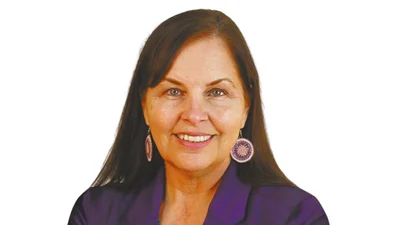Jeff Holm Vice Provost for Strategic Programming, Analytics, & Effectiveness | University of North Dakota
Jeff Holm Vice Provost for Strategic Programming, Analytics, & Effectiveness | University of North Dakota
A UND professor is advocating for the University of North Dakota to spearhead radon research, highlighting the serious risk the gas poses in North Dakota. Gary Schwartz, professor and chair of the Department of Population Health at the UND School of Medicine & Health Sciences, discussed this during a lecture on December 3.
“There is work to do — a lot of work to do,” Schwartz emphasized. He highlighted that radon is a largely unknown threat, yet it causes 21,000 deaths annually from lung cancer in the United States. This surpasses fatalities from drunk driving accidents.
Schwartz pointed out several issues associated with radon, including communication challenges about its risks, policy questions on how government agencies should address these risks, and engineering problems related to effectively removing or blocking radon from homes.
Radon is an invisible threat produced by the natural decay of uranium and other radioactive elements in rocks and soil. It can enter buildings through foundation cracks or sump-pump holes, exposing residents to its radioactivity. This exposure makes radon the second-largest cause of lung cancer after smoking.
North Dakota faces particularly high radon levels due to geological factors and well-insulated homes that trap radon indoors. “The average radon level in homes in the U.S. is about 1.3 picocuries per liter,” Schwartz noted. “The average in Grand Forks is 11.7 picocuries per liter.” This means living in Grand Forks equates to smoking more than 22 cigarettes daily regarding cancer risk.
UND has been proactive in addressing this issue through various initiatives. Schwartz and Soojung Kim have explored how phone apps can efficiently deliver information about radon. They also established programs at public libraries offering digital radon detectors for home use.
In collaboration with ND Quits Tobacco quit line, they offered free radon testing kits alongside tobacco cessation services. Callers showed high motivation in ordering and returning these kits, demonstrating that quit lines could be cost-effective channels for targeting those at high risk for lung cancer.
“What we’ve learned so far is that there’s no one key to unlock the problem of radon testing,” Schwartz said, emphasizing the complexity involved despite its seeming simplicity.
Schwartz's efforts are part of TRANSCEND (Translational Science Engaging North Dakota), a federally funded program aiming to bring together researchers and clinicians across the region to tackle health issues like radon exposure innovatively.


 Alerts Sign-up
Alerts Sign-up